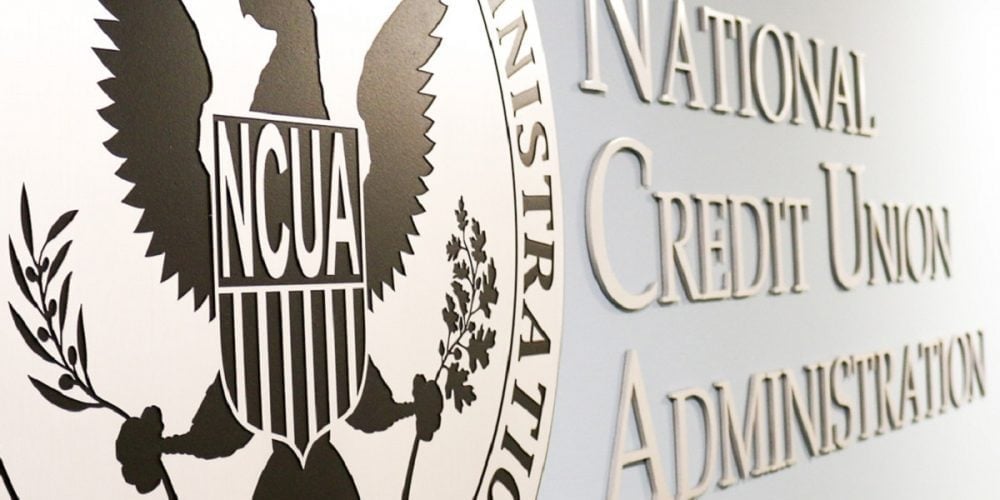 by: Pablo DeFilippi, Membership Director, National Federation of Community Development Credit Unions
by: Pablo DeFilippi, Membership Director, National Federation of Community Development Credit Unions
The National Federation of Community Development Credit Unions (the Federation) just concluded its 38th Annual Conference in Serving the Underserved and a clear message that emerged out of it is that serving low income consumers is a viable business model that also fulfills our philosophical mandate of helping people of small means.
CUNA's President and CEO Bill Cheney recognized the innovation that has taken place in the community finance field, lead by the Federation and community development credit unions that have been at the vanguard of financial inclusion efforts. CUNA Chairman Mike Mercer also highlighted the impact of the CDCU community saying that "during the depth of those crisis years (Dec '07 - Dec '09), lending at banks fell by 10%, but lending grew at credit unions by 8% and at CDCUs, lending grew by nearly 11%... Over the same time period, credit unions saw a savings influx of 18%, but saving grew by 24% at CDCUs". NCUA Board Chairman Debbie Matz said that low-income designated credit unions are "lending more than other types of financial institutions and growing stronger". She also noted that LICUs are "national trendsetters" and that “the collective success of low-income credit unions demonstrates that credit unions can do well while serving people of modest means.”
This is a welcoming recognition of the potential and the opportunity that exists in providing services to low and moderate income consumers and underserved communities. It is also, something we've been saying for a long time. As the nation continues to suffer from the greatest economic downturn since the Great Depression, the need for affordable financial services and responsible lending is greater than ever. Despite the challenges, community development credit unions (CDCUs) which are both low income designated and CDFI certified, have been stepping up to help millions of people in need, bringing their experience in financial inclusion to anybody interested in serving this market.
This is where the opportunity and the need are: the low income and unbanked/underbanked market unfortunately continues to grow. As widely reported in numerous studies, it is estimated that over 70 million people (representing nearly 40 million households and 25% of the U.S. population) are financially underserved. This is an untapped market for the credit union industry and it ought to be a strategic imperative for our system as more and more credit unions recognize that this is who they serve.
As of March 31, 2012 there were 1,122 low income designated credit unions with combined assets of over $51 billion and providing services to 6.552 million consumers. From EOY 2011, this represents an 8% increase in assets (from ($47.3 billion) and 4% in number of members (from 6.2 83 million). Today LICUs represent approximately 15% of all US credit unions! We've long maintained that a much larger number of credit unions is eligible for this designation and recently learned that NCUA is getting ready to send approval letters to a thousand additional credit unions over the next few months. Roughly one third of all credit unions will be low income designated.
To obtain this designation, a credit union must demonstrate that the majority -at least 50.01%- of its members, are low-income as defined in Section 701.34 of the NCUA Rules and Regulations (earn 80% or less than the median family income for the metropolitan area where they live or national metropolitan area, whichever is greater). This designation gives a credit union certain special powers, such as the right to accept non-member deposits; the right to accept secondary capital; exemption from the MBL limit of 12.25%; the right to provide transactional services to non-members; access to NCUA’s Community Development Revolving Loan Program, which provides non-member deposits and Technical Assistance grants; access to Technical Assistance support by NCUA's Economic Development Specialists (EDS) and FOM expansion flexibility.
Speaking about the viability of serving low income consumers, during our conference Ms. Matz shared some very interesting statistics:
- As a group, LICUs led the nation in lending throughout the recession of 2008–2009, as well as the steady recovery of recent years. Between December 2007 and March 2012, low-income credit unions expanded loans by $11 billion (57.6%). During the same time period, the entire credit union industry expanded loans by $45 billion (8.6%), while banks and thrifts decreased loans by approximately $500 billion (6.3%).
- Most recently, LICUs have steadily increased their lending in each of the last four quarters, including a robust 4.6% increase in loan growth for the first quarter of 2012. In comparison, credit unions’ total loans inched up by 0.1% in the first quarter, and the Federal Deposit Insurance Corporation reported that loan balances at banks and thrifts declined by 0.8% in the same timeframe.
- LICUs as a group now have a net worth ratio of 10.25%, 24 basis points higher than all federally insured credit unions. Since year-end 2009, their ROA has nearly doubled, delinquencies have held steady, and charge-offs have fallen by about a third.
- While LICUs’ delinquency rate (1.83% is higher than the credit union industry average (1.44%), LICUs’ charge-off rate (0.65%) is lower than the industry average (0.78%).
This is by no means an easy market to serve, but it can be done in a way that is both sustainable and responsible to low income consumers. Just consider the following:
- Last year the CU Times listed 4 low income designated and CDFI certified credit unions in top credit union ROAs YTD under the $50-$150 million category: The United (WV), Santa Cruz Community (CA), Military and Civilian (AK) and SunTide (TX)
- Last September Opportunities Credit Union another low income designated and CDFI certified CU locate in Vermont, was named the most prolific real estate lender among all credit unions in its asset category (<$50 million). A large part of their lending success can be attributed to their programs working with multilingual financial literacy, credit building and debt counseling programs for Vermont’s underserved population.
- Most recently, Callahan and Associates recognized Southern Chautauqua FCU, another low income designated and CDFI certified CU located in NY as the fastest growing credit union in New York State in the $50 to $100 million asset category.
These credit unions like many others have shown the potential this market holds, and we've only scratched its surface. Imagine if credit unions had access to more capital...what type of growth would that generate? How many more consumers we'd be able to serve? How much more aggressive our lending would be? Unfortunately they aren't too many sources of supplemental capital:
- The Federation, through its Community Development Investment Program, has been a pioneer in this arena, providing secondary capital loans for more than a decade to our member credit unions
- Other credit unions
- The CDFI Fund
- Banks, such as Deutsche Bank, which through its Community Development Department made secondary capital loans to a number of NYC based credit unions
- In some very specific cases, Foundations
Creating external resources or expanding access to them has been a priority for the Federation and we have made significant progress. We're working very closely with the US Treasury Department and that has resulted in:
- The launching of the Community Development Capital Initiative (CDCI), through which 48 credit unions received almost $70 million in secondary capital loans.
- The structuring of the CDFI Bond Guarantee Program, which has the potential to become the most significant source of secondary capital ever made available to credit unions.
Bottom line is that serving low income consumers is not only the right thing to do, it is also sustainable and where we can make our true impact. If you're a low income designated credit union, you already have some of the tools that the entire system is looking for. It's time to use them.
Pablo DeFilippi is the Membership Director for the National Federation of Community Development Credit Unions, a national, nonprofit association that represents, supports and invests in credit unions serving predominantly low-income, financially underserved communities. DeFilippi has more than 20 years of experience in community finance working with regulated financial institutions both in the domestic and international arena. www.cdcu.coop
About the Federation: The National Federation of Community Development Credit Unions (Federation) is a certified CDFI Intermediary representing almost 250 community development credit unions (CDCUs). The Federation's member CDCUs provide credit, savings, transaction services and financial education to almost 2 million residents of low-income urban, rural and reservation-based communities across the United States, and hold over $13 billion in community-controlled assets. Founded in 1974, the Federation is headquartered in Lower Manhattan with offices in Colorado Springs, CO; Madison, WI; and San Francisco, CA. The Federation offers a wide range of advocacy, educational, training, investment, marketing, and outreach programs to support and assist CDCUs. For more information about the Federation and its programs, please visit: www.cdcu.coop.






